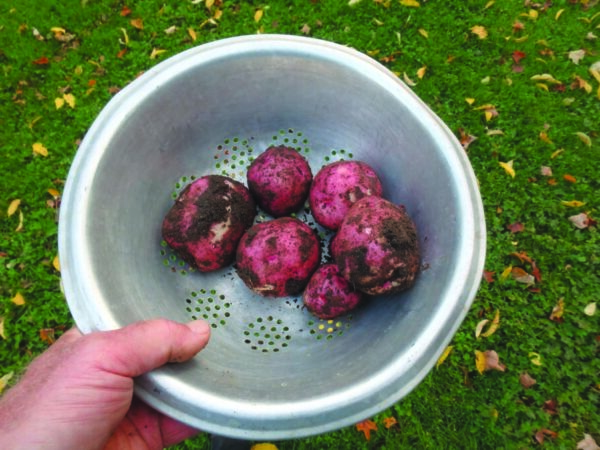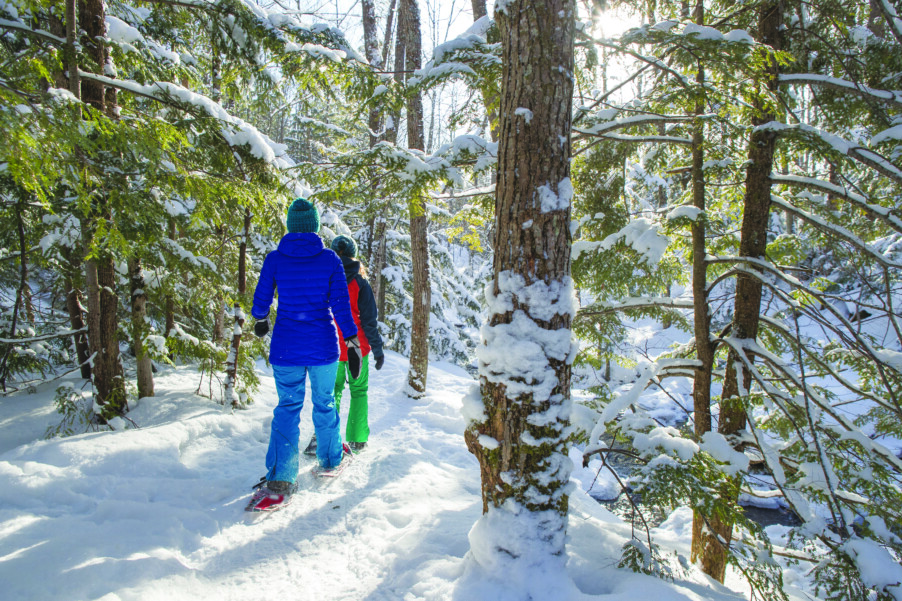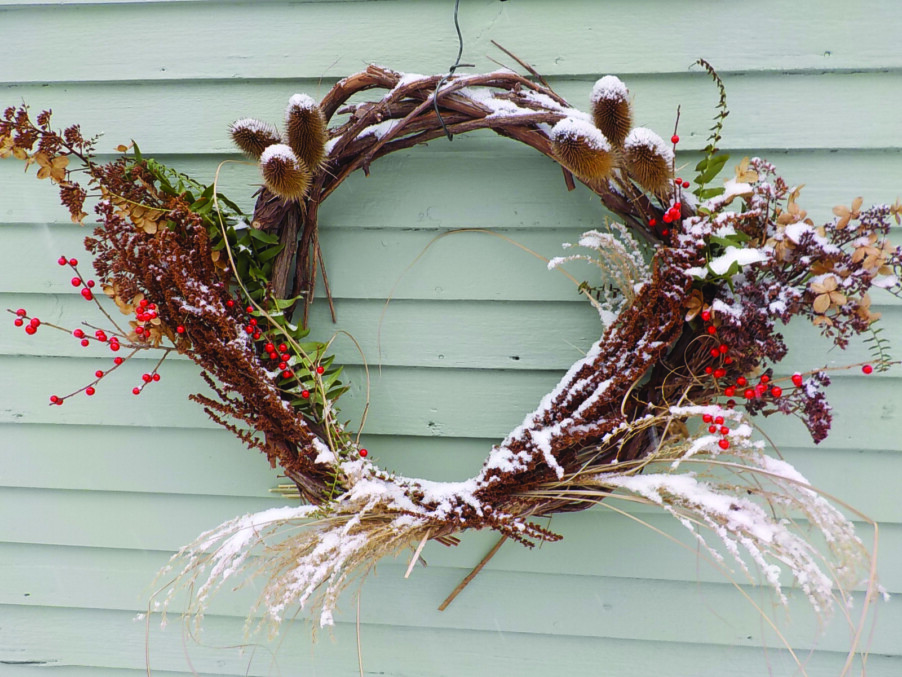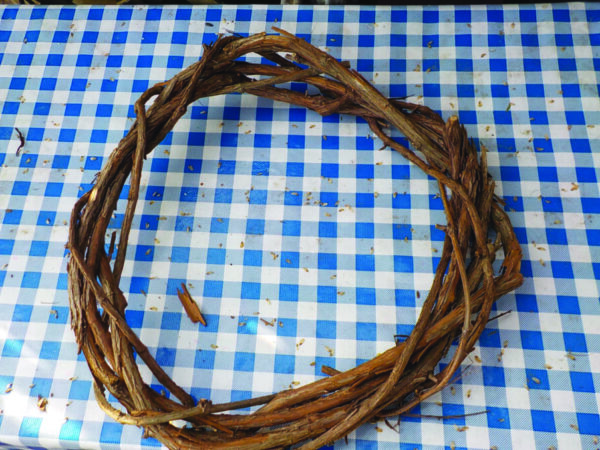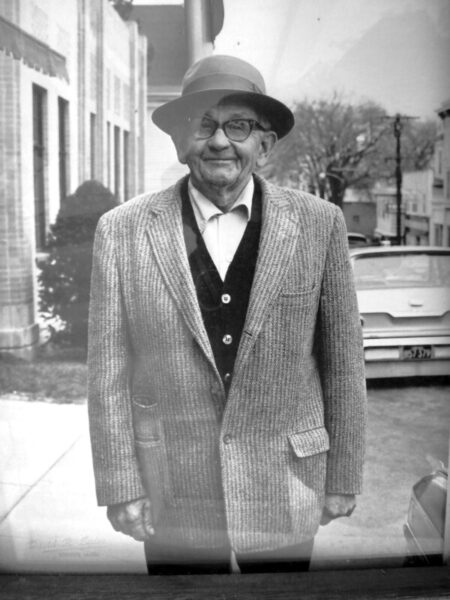Winter Fest returns to downtown Concord
Coinciding with the Black Ice Pond Hockey Tournament is the fourth annual Concord NH Winter Festival on Saturday, Jan. 29. There will be indoor and outdoor festivities for all ages, including shopping, food, entertainment, tours and more.
“There are not a lot of family-friendly events this time of year, and that is what makes this event special,” said Jessica Martin, Executive Director of Intown Concord, which organizes the Winter Festival in partnership with The Hotel Concord.
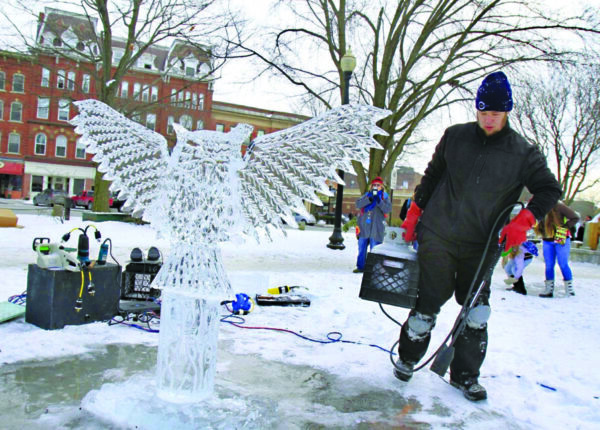
The highlight of the event is the live ice carving competition featuring “New England’s best ice carvers,” Martin said. It’s free and open to the public on the Statehouse lawn from 11 a.m. to 4 p.m. The ice carvers will also be there on Friday, Jan. 28, the day before the festival, doing live ice carving demonstrations from 3 to 9 p.m.
“This year we have seven carvers participating in the competition, which is the most we have had to-date,” Martin said, adding that the carvings will remain on display at the Statehouse for the week following the festival.
Main Street restaurants and retail shops will be open for a Winter Shopping Stroll; Red River Theatres will have a matinee screening of the animated family film Smallfoot (2018, PG) at 10 a.m. (tickets cost $5); and the McAuliffe-Shepard Discovery Center will run games and interactive activities starting at 10:30 a.m.
Guided tours of the inside of the Statehouse will be offered, starting every 30 minutes from noon to 3:30 p.m. The tour lasts around 45 minutes and will include opportunities to see the Hall of Flags, which has more than 100 battle flags on display from the Civil War, World War I, World War II and the Vietnam War; the House of Representatives chamber and Senate chambers, which have national significance as the oldest continuously used legislative chambers in the U.S.; the Governor and Executive Council chambers and more.
“There are more than 200 portraits to view as you tour the building,” Martin said, “and it’s always fun to see the Visitor Center’s First in the Nation Primary display and Bicentennial dioramas.”
The Winter Festival Stage, which will be set up on South Main Street next to O Steaks and Seafood restaurant, will be a hotspot of activity, including an ice bar, complimentary hot cocoa, s’mores toasting and more. The stage will feature a variety of live entertainment, starting with a dance party with DJ Darren Roy at 11 a.m., followed by storyteller Ade Shields (11:30 to 11:45 a.m., and 1:35 to 1:50 p.m.), local singer-songwriter Jasmine Mann (11:50 a.m. to 12:05 p.m., and 1:15 to 1:30 p.m.), New England folk-rock band The Penniless Jacks (12:20 to 12:50 p.m., and 2:10 to 2:40 p.m.) and family-friendly drag performer ChiChi Marvel (1 to 1:10 p.m., and 1:55 to 2:05 p.m.)
A free shuttle service will be available, running between the Statehouse, the Hotel Concord, the Holiday Inn and the Black Ice Hockey Tournament at White Park throughout the day.
Martin said attendees should continue practicing Covid safety — masks are not required but are strongly encouraged for indoor activities — and should have no difficulty staying spread out.
“This outdoor festival will offer people the space they need to socially distance themselves,” she said.
Concord NH Winter Festival
Where: Main Street, Concord
When: Saturday, Jan. 29. Most activities will run from 11 a.m. to 4 p.m. Ice carving demonstrations will take place on Friday, Jan. 28, from 3 to 9 p.m.
Cost: Admission is free. Certain activities may have a fee.
More info: Visit intownconcord.org or call 226-2150.
Featured photo: Photo courtesy of Black Ice Pond Hockey Association.





